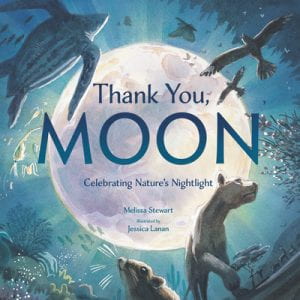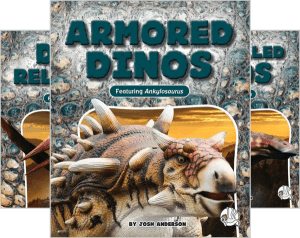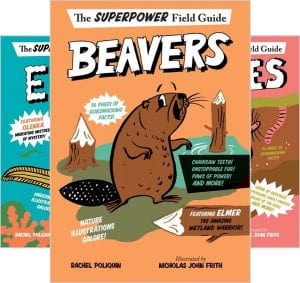 Sommer, Nathan. Animal Battles. Bellwether Media, 2024. $19.95 ea. $79.80 set of 4. 24 p. Grades 2-4.
Sommer, Nathan. Animal Battles. Bellwether Media, 2024. $19.95 ea. $79.80 set of 4. 24 p. Grades 2-4.
Arctic Fox vs. Snowy Owl. 979-8-886-87456-3.
Burmese Python vs. Sun Bear. 979-8-886-87457-0.
Crocodile Monitor vs. Southern Cassowary. 979-8-886-87458-7.
Harpy Eagle vs. Ocelot. 979-8-886-87459-4.
Young readers will have the opportunity to learn more about fierce animal predators in Bellether’s ever expanding Animal Battles series. This reviewer had the opportunity to read the volume entitled Arctic Fox vs. Snowy Owl. An introductory chapter provides basic information about each animal including physical characteristics, habitat, etc. Next, readers are introduced to each animal’s secret weapons. The arctic fox counts exceptional senses of smell and hearing as well as the ability to run fast among their secret weapons. The snowy owl has large wings with comb shaped feathers that enable them to fly silently. They also have excellent eyesight. Each animal’s secret weapons serve as advantages when hunting prey. The attack moves, and tactics of each animal are also profiled. The title concludes with a narrative style chapter in which the profiled animals do battle. Backmatter includes a glossary as well as directions to web resources.
THOUGHTS: This series is sure to hold appeal for fans of animal stories or action-related tales. Fans of fact-style books will also find much to appreciate. The text is enhanced by the inclusion of numerous high-quality photos. Recommended.
598 Animals








